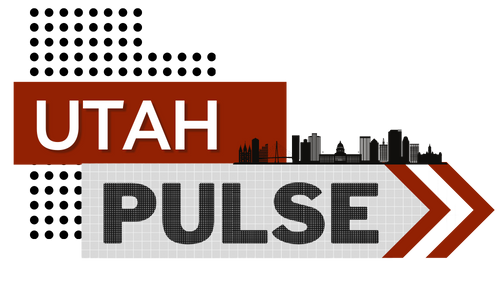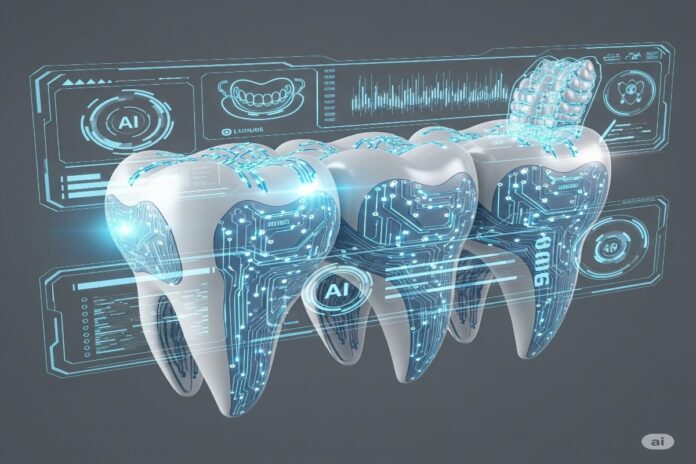
Modern dentistry is changing faster than ever, with tools designed not only to improve precision but to make every appointment smoother and less stressful for both clinicians and patients.
From smarter imaging systems to intuitive AI-assisted diagnostics, new technologies are streamlining workflows and creating more predictable results.
The real benefit lies in how these innovations fit naturally into a dentist’s day, helping them save time, reduce fatigue, and enhance patient trust.
Smarter Imaging Systems for Quicker, Clearer Diagnostics
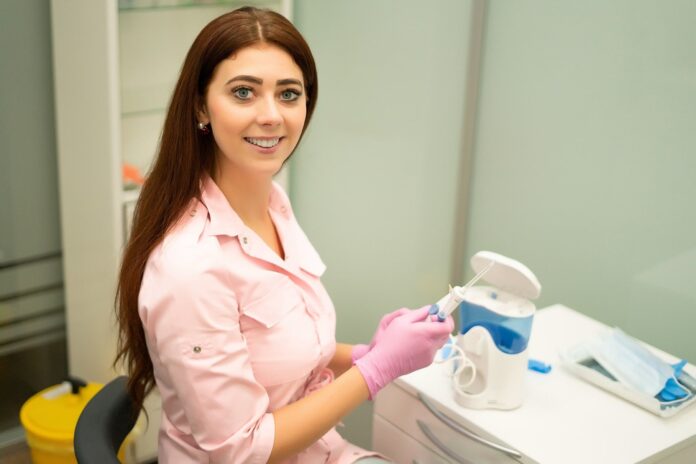
High-quality imaging has always been the foundation of good treatment planning, but newer systems now combine clarity with speed. Digital intraoral scanners and 3D cone-beam computed tomography (CBCT) have made it possible to visualize anatomy in extraordinary detail without the delays or discomfort of traditional impressions.
These systems don’t just capture images; they integrate directly into practice software for instant analysis and case sharing. The outcome is faster communication with labs, improved treatment accuracy, and greater patient confidence in seeing what the dentist sees.
Key Advantages:
- Reduced retakes and shorter chair time
- Enhanced patient education through visual aids
- Better collaboration with dental technicians
The Rise of Artificial Intelligence in Clinical Decision-Making
Artificial intelligence is reshaping the way clinicians analyze and plan treatments. Instead of relying solely on manual assessments, AI-powered systems can now identify anomalies in X-rays, suggest restorative plans, and even predict treatment outcomes.
That’s why platforms like Trust AI are becoming central to modern practices. They integrate directly into dental workflows, offering smart guidance that complements professional judgment. These systems learn from thousands of clinical cases, improving accuracy and consistency in real time.
AI is not replacing dentists but actually refining their precision, providing early detection tools that prevent complications before they occur.
Studies show that AI-assisted diagnostics can detect dental caries and bone loss with accuracy comparable to trained specialists, helping reduce diagnostic fatigue in busy clinics.
Digital Workflow Integration: The Chairside Revolution
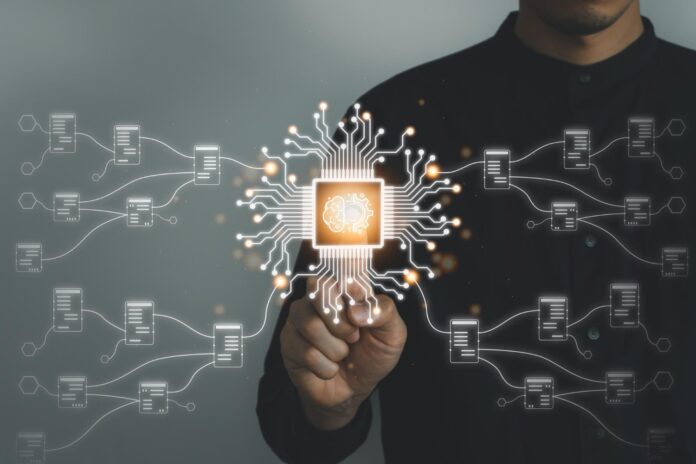
In the past, every step of a restoration, from impression to milling, involved multiple handoffs. Now, chairside CAD/CAM systems enable dentists to design and produce restorations in a single visit. These digital workflows blend seamlessly with patient management platforms, minimizing administrative friction.
A connected setup also reduces human error, as data flows automatically between diagnostic, design, and fabrication tools. Dentists can focus on artistry and precision instead of coordination and paperwork.
| Workflow Step | Old Approach | Digital Integration |
| Impressions | Manual mold | Intraoral scanner |
| Design | External lab | In-office CAD software |
| Milling | Outsourced | Chairside fabrication |
| Fit and Finish | Second appointment | Same-day delivery |
Ergonomic Instruments that Protect the Practitioner
The comfort of the clinician directly affects performance and long-term career sustainability. Manufacturers now focus on ergonomics as much as precision. Handpieces with lighter bodies, better balance, and reduced vibration help minimize strain during long procedures.
Magnification systems and adaptive lighting further support posture and accuracy, turning daily routines into healthier practices. Even small innovations, like autoclavable silicone grips and wireless foot controls, are reducing repetitive stress injuries that plague dental teams.
A properly balanced handpiece can reduce muscle strain by up to 30%, extending the dentist’s comfort over extended procedures.
Automation in Sterilization and Instrument Tracking
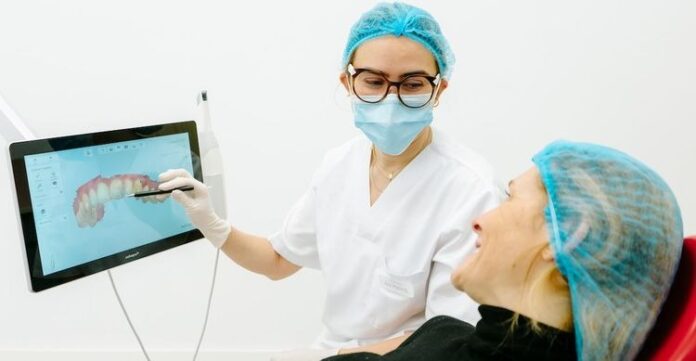
Sterilization rooms are seeing as much innovation as operatories. Automated autoclaves now use digital sensors to ensure consistent cycles and document sterilization logs automatically. Instrument tracking software, paired with QR-coded cassettes, keeps the process organized and compliant with modern hygiene standards.
This automation reduces human error and eliminates redundant paperwork while providing traceable proof of compliance, a growing necessity for dental accreditation.
Benefits of automation in sterilization:
- Real-time temperature and pressure monitoring
- Automatic digital recordkeeping for audits
- Improved instrument turnaround times
Laser Dentistry: Precision Meets Comfort
Laser systems have matured into reliable tools for both hard and soft tissue applications. They reduce bleeding, minimize post-operative discomfort, and often eliminate the need for anesthesia in smaller procedures.
For dentists, laser technology simplifies common treatments such as gingival recontouring, cavity preparation, and frenectomies. For patients, the result is a faster, more comfortable experience with fewer complications.
Soft-tissue lasers can promote faster healing by stimulating cellular activity in the treated area, reducing inflammation and accelerating tissue regeneration.
Intraoral Cameras and Patient Communication
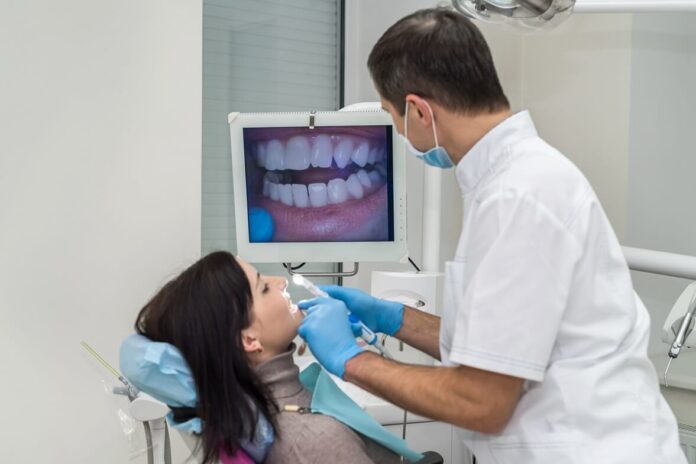
Patient communication has evolved into an interactive experience. Intraoral cameras give patients a live, detailed view of their dental condition, transforming abstract diagnoses into clear visual explanations.
When patients see the problem themselves, a cracked filling or early gum recession, they understand the urgency and value of treatment recommendations. This transparency builds trust, shortens decision time, and strengthens patient relationships.
Key benefits for clinics:
- Improved treatment acceptance rates
- Reduced misunderstandings or follow-up confusion
- Documented visual evidence for patient records
Smart Scheduling and Cloud-Based Practice Management
Running a dental clinic efficiently is as much about logistics as it is about clinical skill. Cloud-based management systems have replaced the old patchwork of paper charts and disconnected tools. These platforms handle scheduling, billing, and digital charting in one unified environment accessible from any device.
Many include automated reminders and patient portals that reduce no-shows and streamline communication. For multi-location practices, shared dashboards ensure consistency in patient care and financial reporting.
Integrating patient data in one secure cloud ecosystem allows faster coordination between hygienists, specialists, and front-office staff, minimizing communication errors.
3D Printing: From Models to Functional Prosthetics
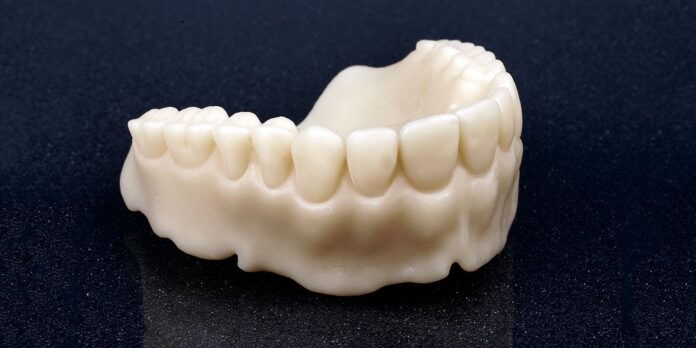
3D printing has moved from experimental labs into daily dental operations. Practices now use compact printers to produce surgical guides, aligners, retainers, and even provisional crowns in-house.
These devices have made same-day prosthetics a practical reality while significantly reducing lab costs. Material science is catching up too, biocompatible resins now meet regulatory standards for long-term intraoral use.
Advantages of in-office 3D printing:
- Faster turnaround for custom devices
- Reduced outsourcing costs
- Greater design flexibility for complex restorations
How These Innovations Shape the Future of Dentistry
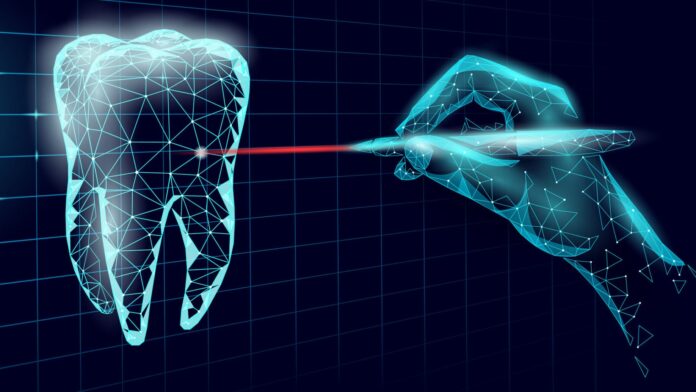
The modern dental clinic is no longer defined by drills and trays but by connectivity, intelligence, and patient-centered care. Each advancement, from AI to 3D printing, represents a shift toward efficiency and comfort.
The most successful dentists are not those who adopt every new device, but those who integrate the right technologies that support their workflow and philosophy of care. Innovation, when guided by empathy and precision, transforms both the practitioner’s experience and the patient’s trust.
In summary:
- Imaging and AI streamline diagnostics.
- Digital workflows save time and increase accuracy.
- Ergonomic and automation tools protect clinicians.
- Patient-focused technologies improve communication and comfort.
The future of dentistry is simpler, smoother, and more human.
